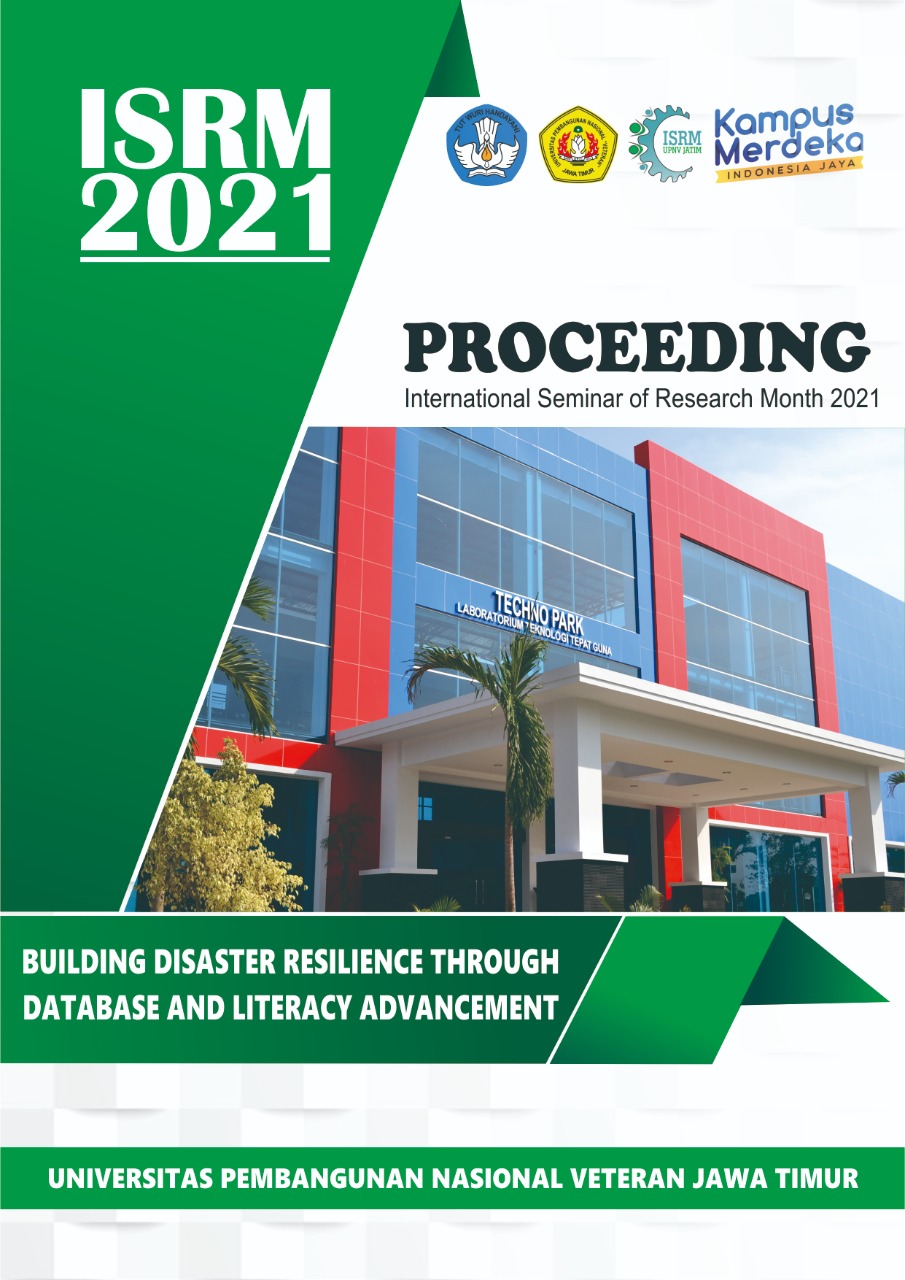Push Notification Using the Websocket in the Application of Sistem Informasi Uji Kompetensi Online (Situk) Version 2
DOI:
https://doi.org/10.11594/nstp.2022.2426Keywords:
Push Notifications, WebSocket, SITUKAbstract
SITUK-V2 is an application of the second version of the online competency test integrated system, which is used in the competency test at the LSP (Lembaga Sertifikasi Profesi) UPN "Veteran" Jawa Timur, with the signing up or registration process up to a statement of competence. At the time of registration, both from the session of the asesi and the asesor and the statement of graduation by the asesor, the asesi will receive a notification in the registered email, this notification uses push notification technology. Push notification technology is a technology that allows a device (client) to get information in the form of notifications sent by the information provider (server) automatically. In general, the mechanism for sending notifications from the server to the client uses a stand-alone push service (broker) and uses the Hypertext Transfer Protocol (HTTP) protocol. but in sending notifications there is often a delay to the client. In this study, a notification delivery mechanism with push notifications was developed which will be implemented using the WebSocket protocol in the SITUK-V2 application where the result is that there is a difference in delay time between the registration process and the competency statement process that is sent via user email, this is due to the influence of the size of the data, bandwidth, and device used.
Downloads
Downloads
Published
Conference Proceedings Volume
Section
License
Copyright (c) 2022 I Gede Susrama Mas Diyasa, Gideon Setya Budiwitjaksono, Alfiatun Masrifah, Muhammad Rif'an Dzulqornain

This work is licensed under a Creative Commons Attribution 4.0 International License.
Authors who publish with this proceedings agree to the following terms:
Authors retain copyright and grant the Nusantara Science and Technology Proceedings right of first publication with the work simultaneously licensed under a Creative Commons Attribution License that allows others to share the work with an acknowledgement of the work's authorship and initial publication in this proceeding.
Authors are able to enter into separate, additional contractual arrangements for the non-exclusive distribution of the proceedings published version of the work (e.g., post it to an institutional repository or publish it in a book), with an acknowledgement of its initial publication in this proceeding.
Authors are permitted and encouraged to post their work online (e.g., in institutional repositories or on their website) prior to and during the submission process, as it can lead to productive exchanges, as well as earlier and greater citation of published work (See the Effect of Open Access).














